In today’s world, education is changing very fast. Learning is not only about books, classrooms, or blackboards anymore. For example, many schools now understand this. So, students learn better when they go outside the classroom and do things themselves. People call this way of learning “experiential learning”. It means students learn by doing and seeing, not just reading or listening.
One good example of this kind of learning was a trip by Mount Carmel School, Chandigarh. The school planned a very good trip to Jim Corbett National Park, especially for students in Classes 11 and 12.
Moreover, it was not only for fun but also had a clear purpose. This school planned this trip to help students learn many new things, like leadership, teamwork, and how to take care of the environment. Such trips also teach life skills that are important but not always taught in classrooms.
About The School Trip
The school carefully planned the trip to Jim Corbett National Park for senior students. The trip lasted for 4 nights and 3 full days. Moreover, the school designed every part of the trip so that students could learn something new and also have fun.
The main aim of the trip was to take learning outside the school building. Teachers encouraged the students to explore new places, work together, and solve problems. While also getting a chance to think more clearly and build self-confidence.
This trip was not just a picnic or a short outing. It was a well-planned educational journey. It helped the students to learn important things like working in a group, taking responsibility, and understanding nature better.
Activities During The Trip
While on the trip, the students joined many different kinds of activities. All these activities helped them to use both their minds and bodies. Some of the main activities were:
Trekking
All the students took a walk together through the forest on the paths made for walking inside it. A guide walked with them and showed them the way. The students learned how to walk for a long time, follow directions, and take care of nature. Trekking helped them to stay strong and calm.
Zip-lining and River Crossing
These were adventure sports where students had to cross a river using ropes or slide down a rope from one point to another. These activities needed courage, focus, and teamwork. Students had to trust each other and communicate clearly to finish the tasks.
Catapult Making
In this activity, students had to build a simple catapult using sticks and rubber bands. This task made them think about science and also be creative. They enjoyed this hands-on learning.
First-Aid and Evacuation Drills
In this activity, students learned how to help people during an emergency. The teachers taught them how to give first-aid when someone gets hurt during an emergency. They also practiced how to leave a place safely if there is any danger like a fire or earthquake. This training made them feel more ready and brave.
Jim Corbett safari
The students went on a Jim Corbett safari in a gypsy into the forest. They looked at many wild animals and birds living freely in the places where they naturally belong. They learned about how animals live in the jungle, what they eat, and how they behave. They also learned about the different kinds of plants and trees. This Jim Corbett safari was not just an exciting experience but also a very educational one.
Each of these activities helped students to think, work in teams, and understand nature better.
Daily Routine
Every day on the trip began in a peaceful way. The students started their day with a short morning prayer. This helped them to feel calm and fresh in the morning.
After the prayer, there was a full day of learning and fun activities. The students did many adventure games and team tasks. These were not just for fun. They were designed to teach important lessons.
Some games made students work in groups. They had to listen to others, speak clearly, and work together to win. Some games needed quick thinking and solving small problems. Through these games, students learned how to be good leaders, how to listen to others, and how to stay calm when solving problems.
These daily routines helped the students build strong relationships with their classmates. They also learned how to take care of themselves and others.
Closing Ceremony
At the end of the Jim Corbett National Park trip, there was a closing ceremony. This was a simple event to say thank you and to celebrate everyone’s efforts.
During the ceremony, the teachers gave special praise to students who showed good teamwork, leadership, and energy. As a result, everyone clapped for them. More importantly, all students felt happy because they were part of something special.
This ceremony gave the students a chance to think about all the things they had done and learned during the trip. Moreover, the things they finished gave them a proud feeling, as they had worked really hard. In addition, it helped them understand that hard work, respect for others, and cooperation are very important in life.
Words From The Principal
The principal of Mount Carmel School, Dr. Parveena John Singh, was very happy about the success of the trip to Jim Corbett National Park. She said that real education is not just about passing exams or reading books. Instead, it is also about learning by doing, meeting new people, and going to new places.
She said that this trip helped students grow in many ways. For example, they became better at working in teams, taking care of others, and finding their own strengths. Moreover, they also got a chance to feel close to nature, which is important because people today spend a lot of time with phones and computers.
Dr. Singh added that the school always wants students to grow in all ways—emotionally, socially, and intellectually. So, trips like this are a part of that plan. They help students become smarter, and also kinder and more confident.
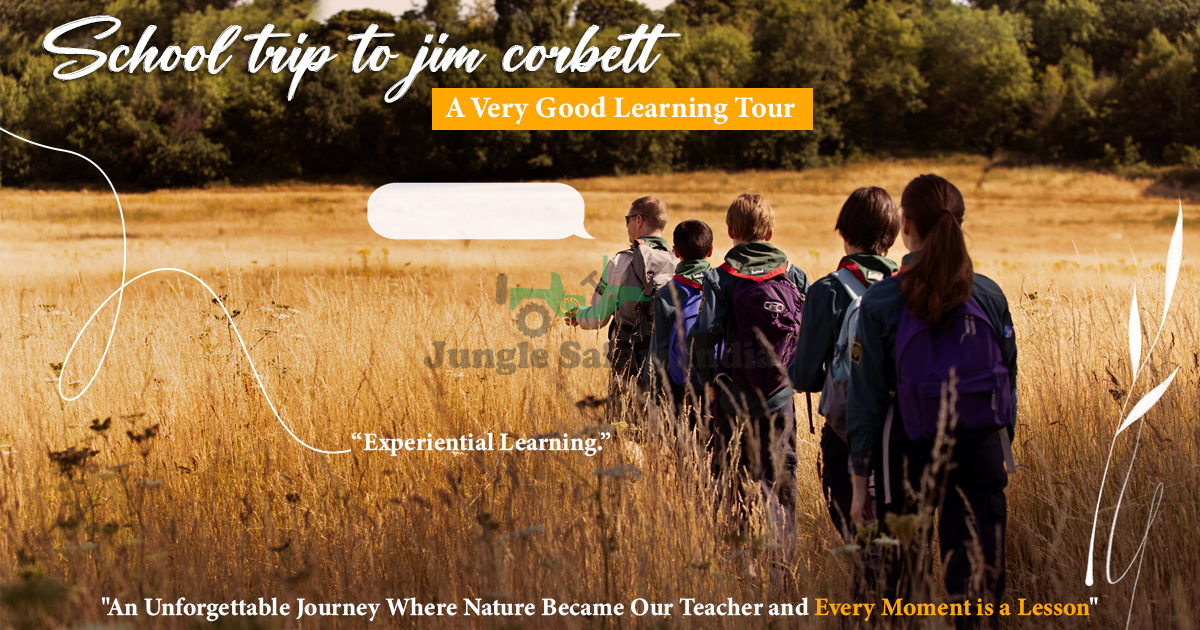
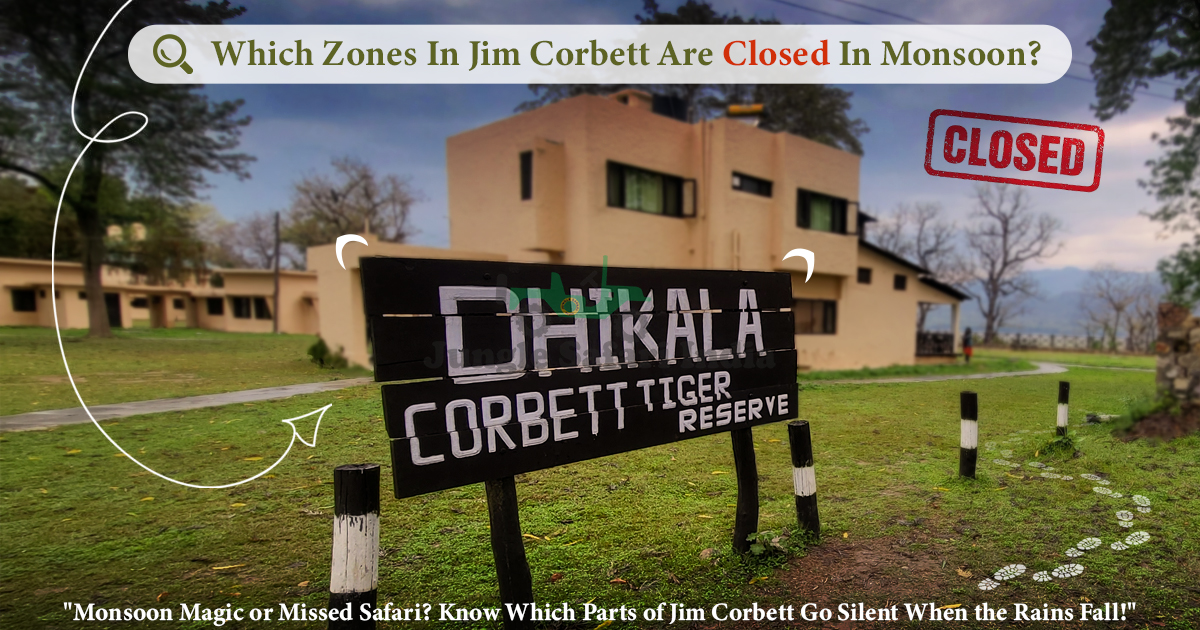
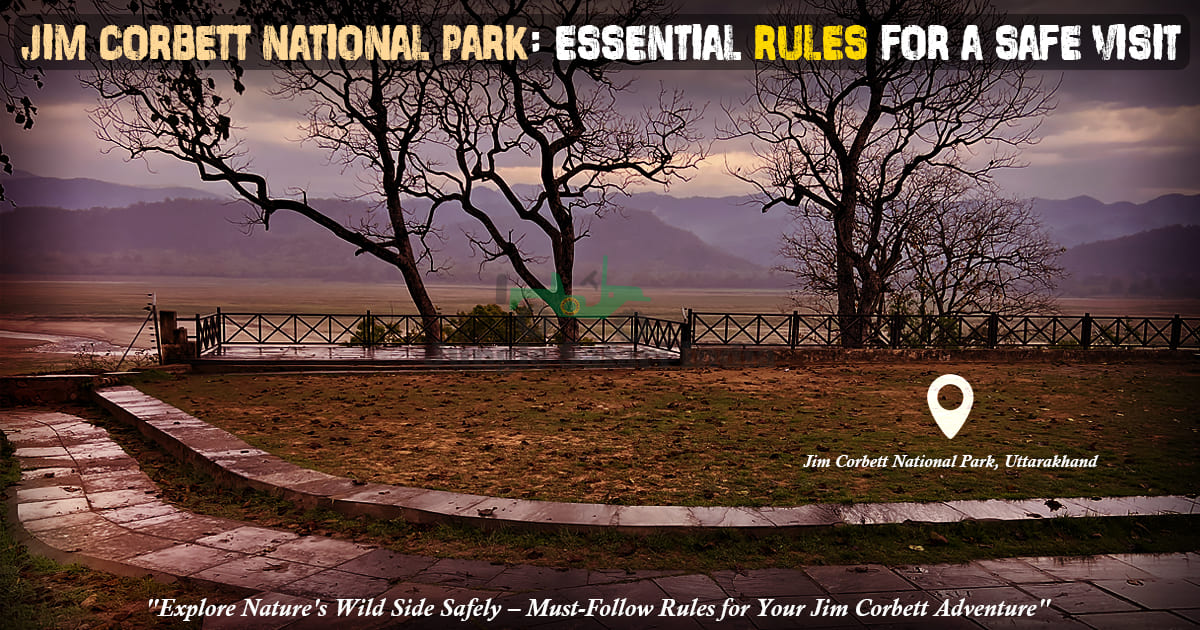
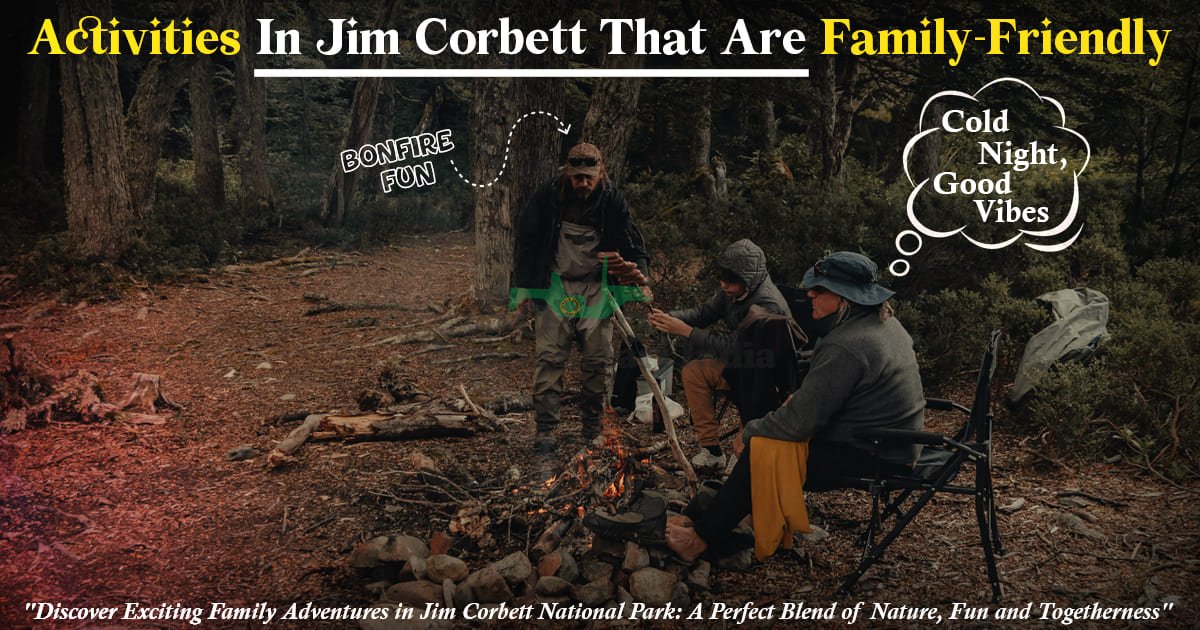


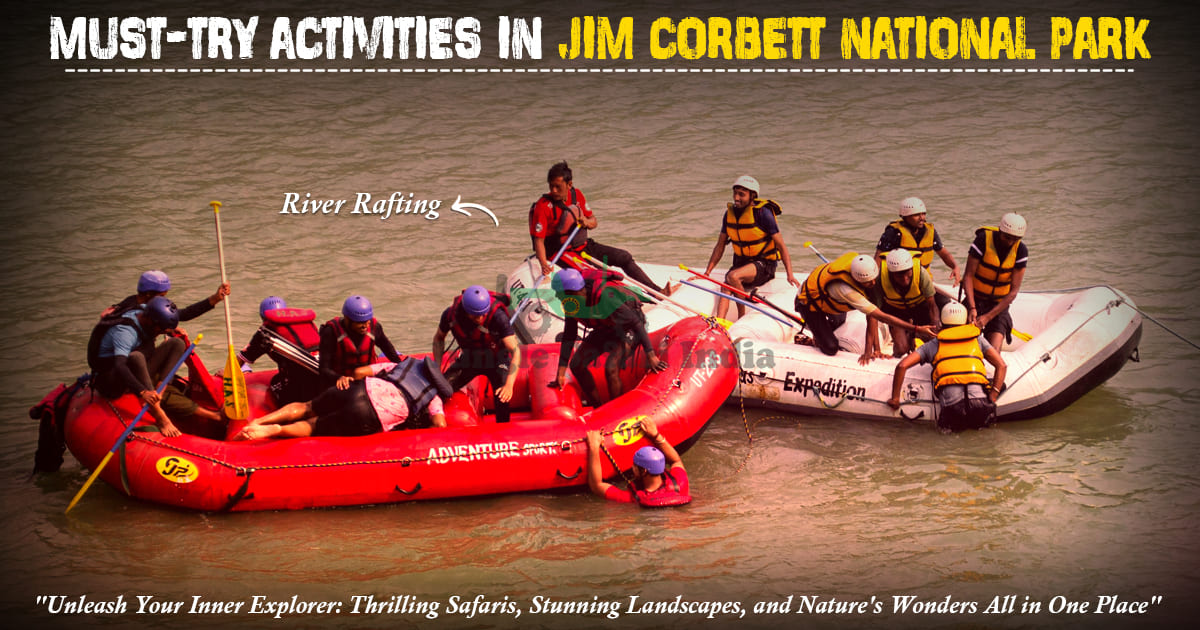

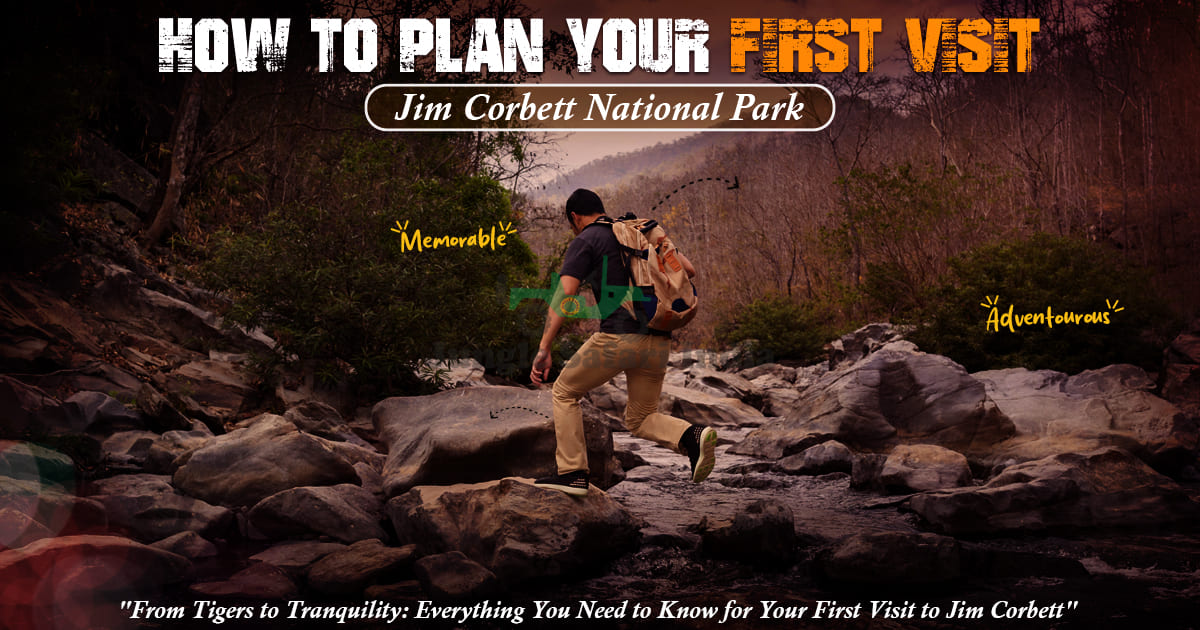
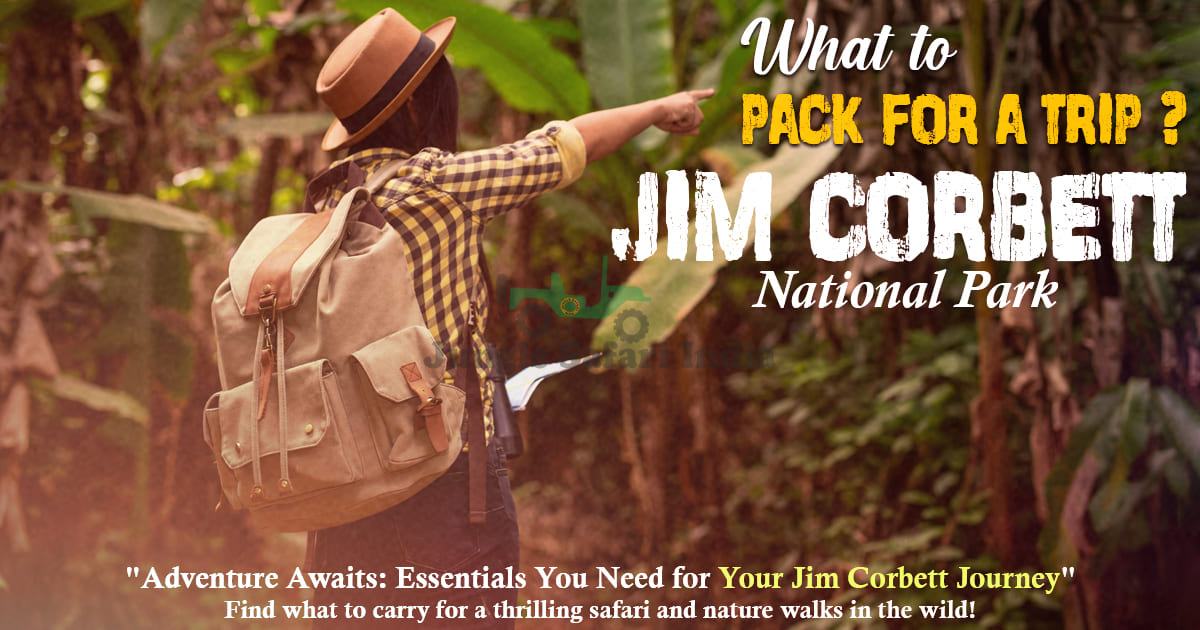
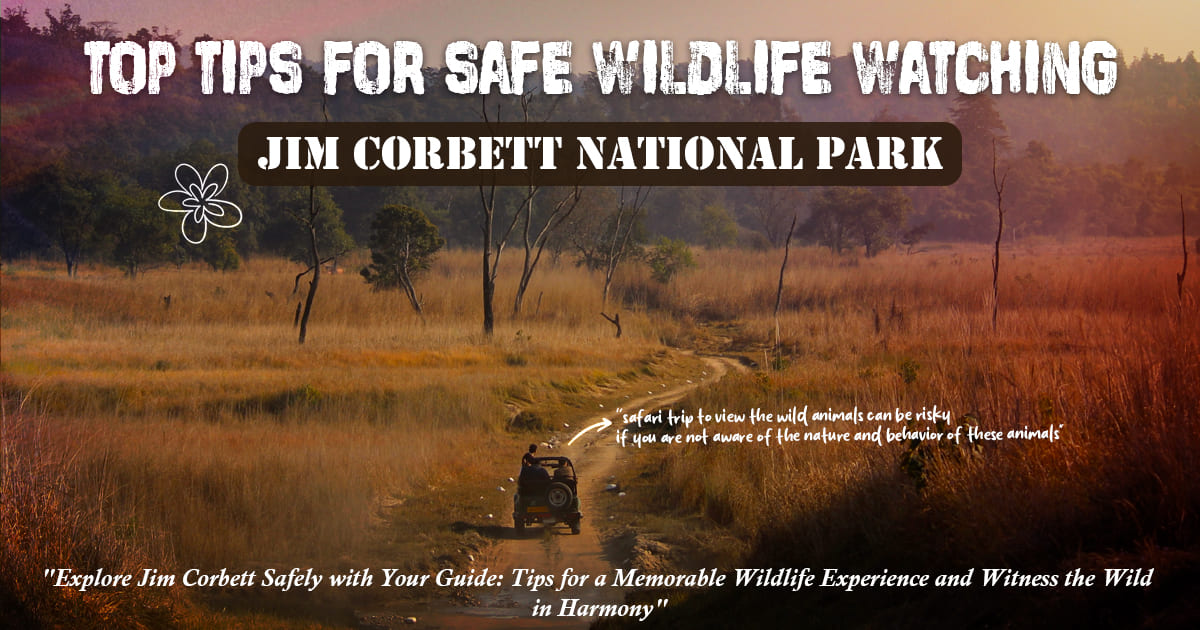
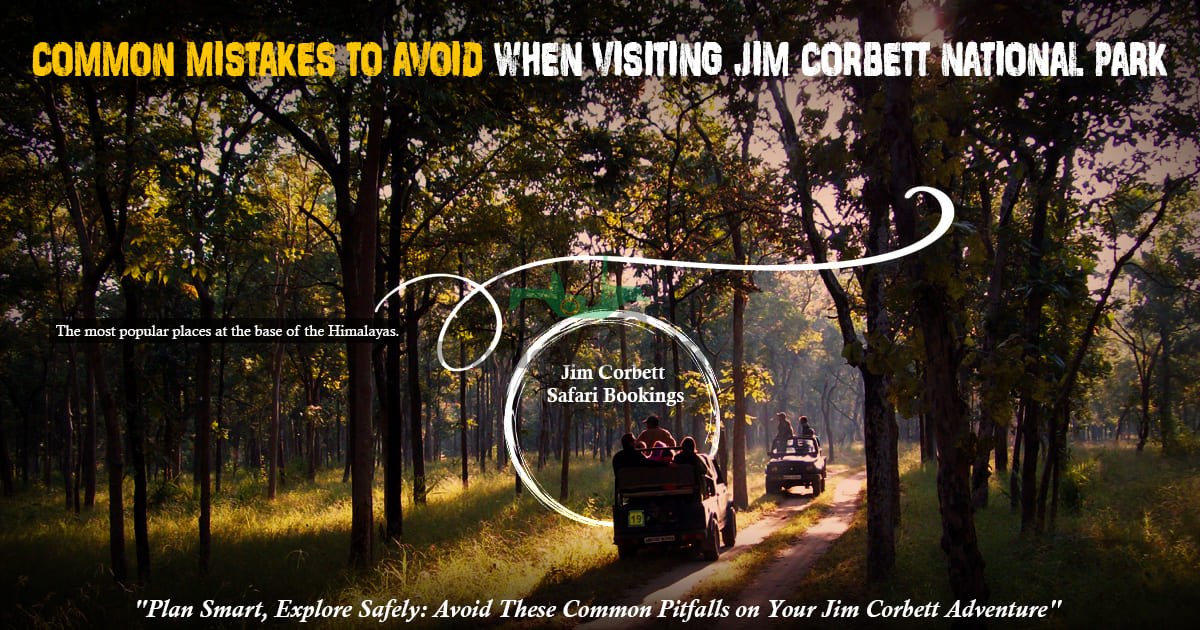
Leave a Reply